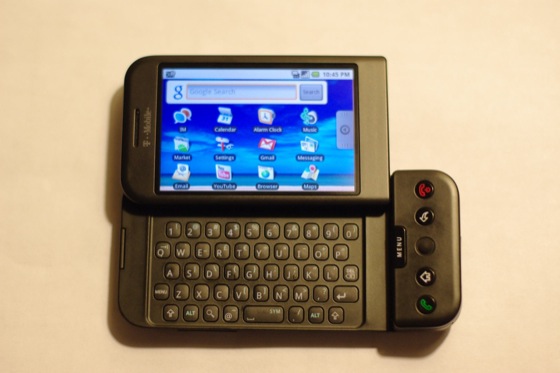
Google’s Andy Rubin, Mr. Android himself, remarked yesterday that we can expect to see 18 Android phones in the US world by the end of the year. That’s way, way, way up from “one” last year. We may even see 20 Android phones this year, all coming from eight or nine different companies.
According to the New York Times:
Andy Rubin, senior director for Mobile Platforms for Google and the spearhead of the Android operating system, said the number could be as high as 20. (That figure does not include devices made by manufacturers that use a basic Android system but have not apprised Google of its use). The 18 to 20 devices Google knows about will be made by eight or nine different manufacturers, Mr. Rubin said.
He declined to say which manufacturers will make said phones or for which wireless carriers.
That ought to give the platform a pretty substantial boost as more Android handsets in the marketplace equals more users equals more apps being developed (theoretically). It should also be a nice test to see how open the platform really is. Rubin explained that Android is available to handset manufacturers in three flavors.
First is a “no obligation” version, meaning that a manufacturer can load Android onto a handset and restrict access to certain apps and games in any way it sees fit. It can’t, however, preload Google applications onto the device (Gmail, etc).
The second version is similar to the above version except that manufacturers are allowed to preload Google applications onto the device by signing a distribution agreement with Google. Rubin said that about 12 to 14 handsets coming out this year will feature this flavor of Android.
Finally, the third version is the “Google Experience” version, which includes Google branding on the device itself, among other things. According to the New York Times:
These phones Google calls “The Google Experience.” They are physically distinguishable by the “Google” logo on the phone. They include a range of Google applications that the carrier and handset maker agree not to remove from the phone. The carrier and handset maker also agree not to censor access to the Android market. Meaning: if some developer comes up with an application that some people find distasteful, or that gets bad press, it must nevertheless remain available to consumers. Of the phones coming out this year, 5 to 6 belong to this category, Mr. Rubin said.
These would be the most “open” phones but you’d run the risk of dealing with a fair amount of distasteful and/or poorly coded applications. It’ll be interesting to see which carriers sell these 5-6 devices this year, as “open” is the new “green” of the mobile world — easy to promise, hard (for some carriers) to do.